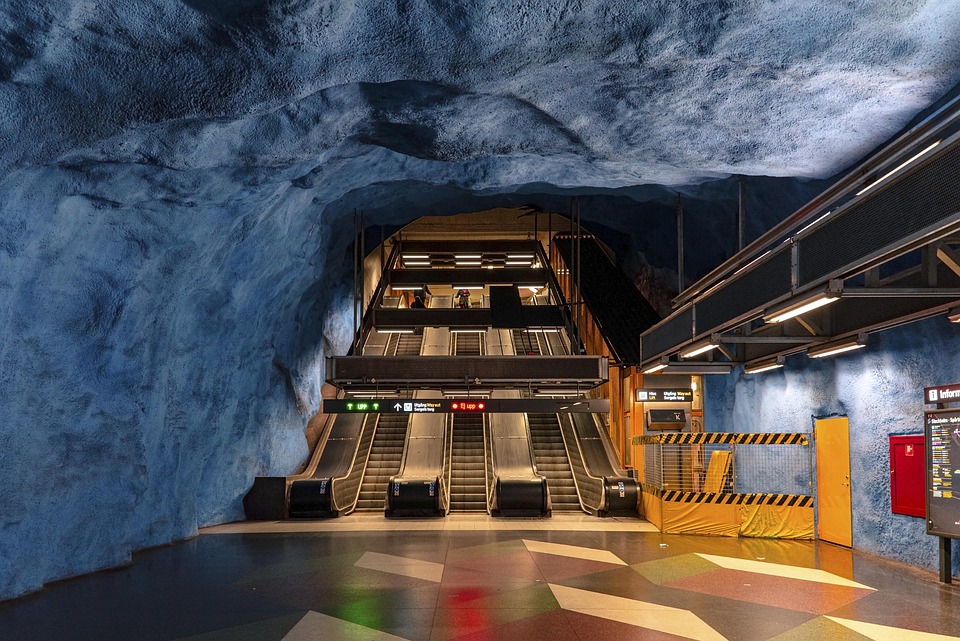Platform games have long captivated players with their blend of challenging gameplay and imaginative worlds. Central to their appeal is the art of movement, intricately tied to the principles of physics. Understanding and mastering movement within these games unlocks not only the potential for high scores and achievements but also an appreciation for the delicate balance between player ability and game mechanics.
The Basics of Movement Mechanics
At the heart of every platform game is a protagonist, often equipped with a basic set of movement abilities: running, jumping, climbing, and sometimes even sliding or dashing. The physics governing these movements are designed to create a sense of realism while also enhancing gameplay.
Incorporating concepts such as gravity, momentum, and friction, developers carefully craft how characters respond to player inputs. Here’s a breakdown of key movement mechanics:
-
Gravity: When a character jumps, gravity determines how quickly they rise and fall. In most platform games, gravity gives a sense of weight, ensuring that jumps feel satisfying and landing nuanced.
-
Momentum: A running character picks up speed and, when combined with jumping, can cover considerable distances. Momentum can add dynamic layers to level design, encouraging players to time their jumps and utilize slopes or ramps.
-
Acceleration and Deceleration: To make platforming intuitive, a character’s speed should not remain static. Acceleration allows players to build speed for a longer jump, while deceleration provides control for navigating through tight spaces.
- Friction: Different surfaces will slow down or enhance a character’s movement. For instance, ice may create a slippery effect, compelling players to adjust their speed and timing dramatically.
Dynamic Environments: Enhancing Movement
The environments in platform games often serve not just as backdrops but as integral parts of the movement mechanics. Levels are designed to challenge and expand a player’s abilities, making use of various obstacles and terrain to create dynamic experiences.
-
Verticality: Many platformers incorporate vertical elements, encouraging players to explore upward and downward. Climbing ropes, jumping across platforms at varying heights, and navigating between interconnected paths can instill a sense of curiosity and achievement.
-
Moving Platforms: These can create rhythmic gameplay, where timing and player skill are paramount. Players must learn the patterns and speeds of platforms to navigate effectively, adding an additional layer of challenge.
-
Hazards: Fire, spikes, and other environmental threats can discourage careless movement. They compel players to master precise controls and heighten tension, making well-timed jumps and runs all the more rewarding.
- Power-ups: Many platform games introduce power-ups that alter movement mechanics—like double jumps, dashes, or speed boosts. Learning to seamlessly incorporate these abilities with basic movements is crucial for advanced play.
The Psychological Aspect of Movement
Movement in platform games is not just about technical skill; it also taps into a player’s psychology. Players often develop a relationship with their character, learning how to navigate through challenges almost instinctively.
-
Learning Curve: The satisfaction derived from mastering movement mechanics often follows a learning curve. Early levels introduce basic concepts, while later stages present complex movements that require deeper understanding and skill.
-
Flow State: When players reach a state of optimal experience—often referred to as "flow"—they find themselves absorbed in movement. The pulsating rhythm of jumping from platform to platform can evoke a sense of exhilaration, driven by tight controls and precise physics.
- Design Feedback: Visual and auditory feedback plays a crucial role in engaging players. Well-timed sounds and satisfying animations when executing jumps or overcoming challenges enhance immersion and reinforce the joy of movement.
Conclusion: The Mastery of Movement
Mastering movement in platform games is a dance between player skill and game design. While physics form the backbone of character movement, it’s the blending of these mechanics with engaging environments and psychological feedback that creates thrilling experiences. As players learn to navigate intricate levels with dexterity, they not only conquer each challenge but also develop a profound appreciation for the artistry that underpins the game. The next time you find yourself leaping from platform to platform, think of it not just as a game but as a symphony of physics in motion—where every jump is a note in the grand melody of adventure.



